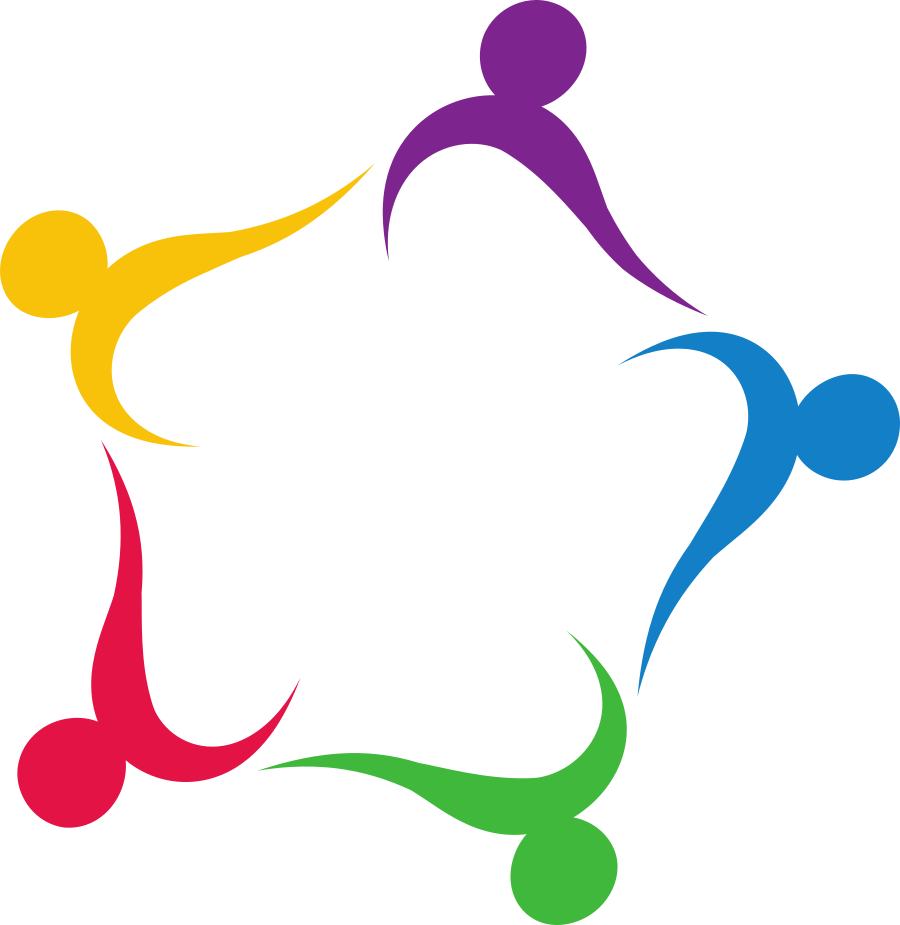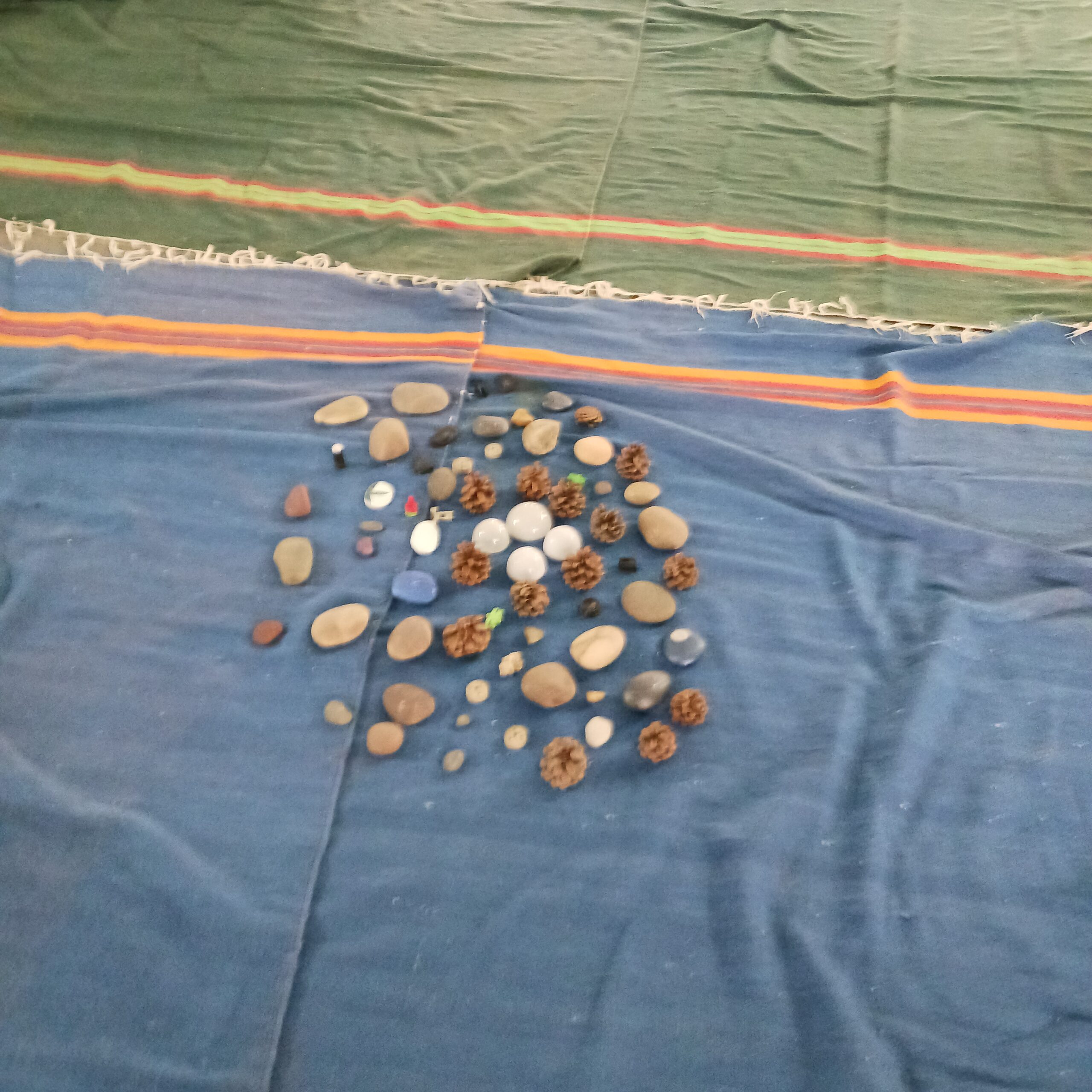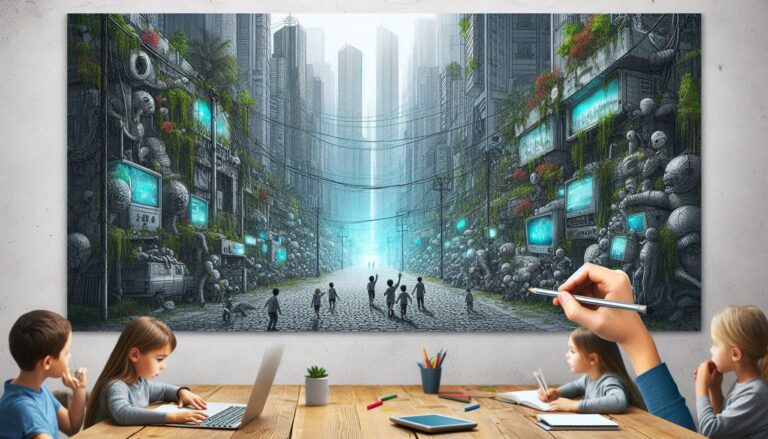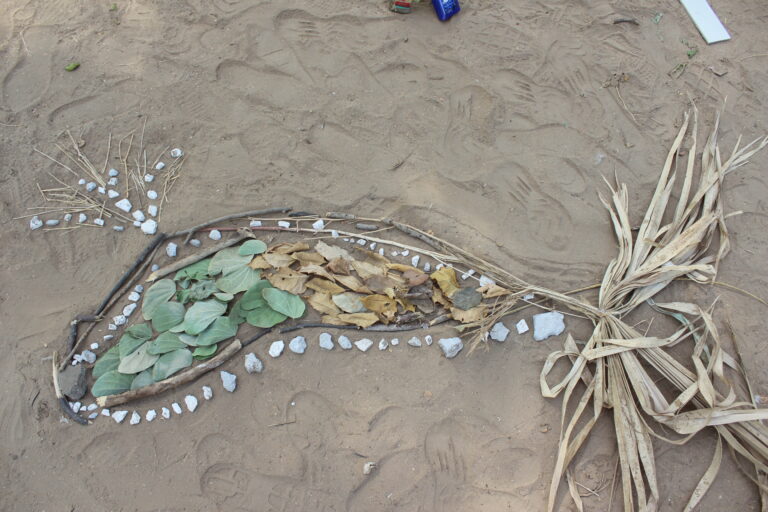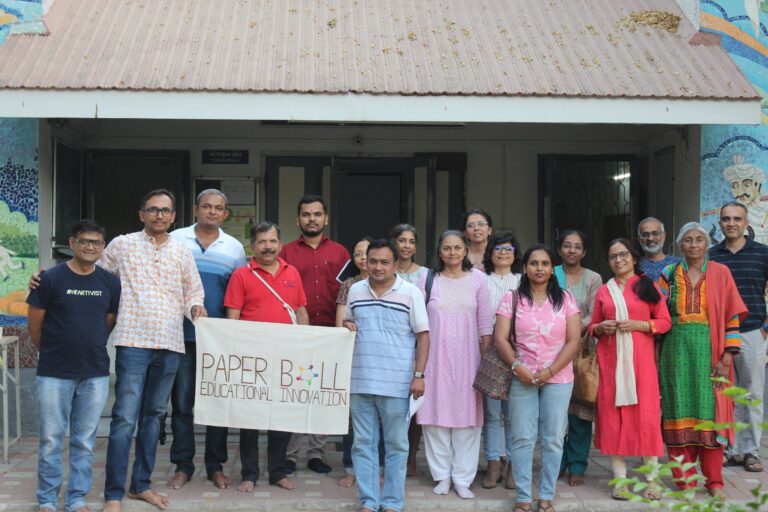Snippets from Session 3 – Batch 2
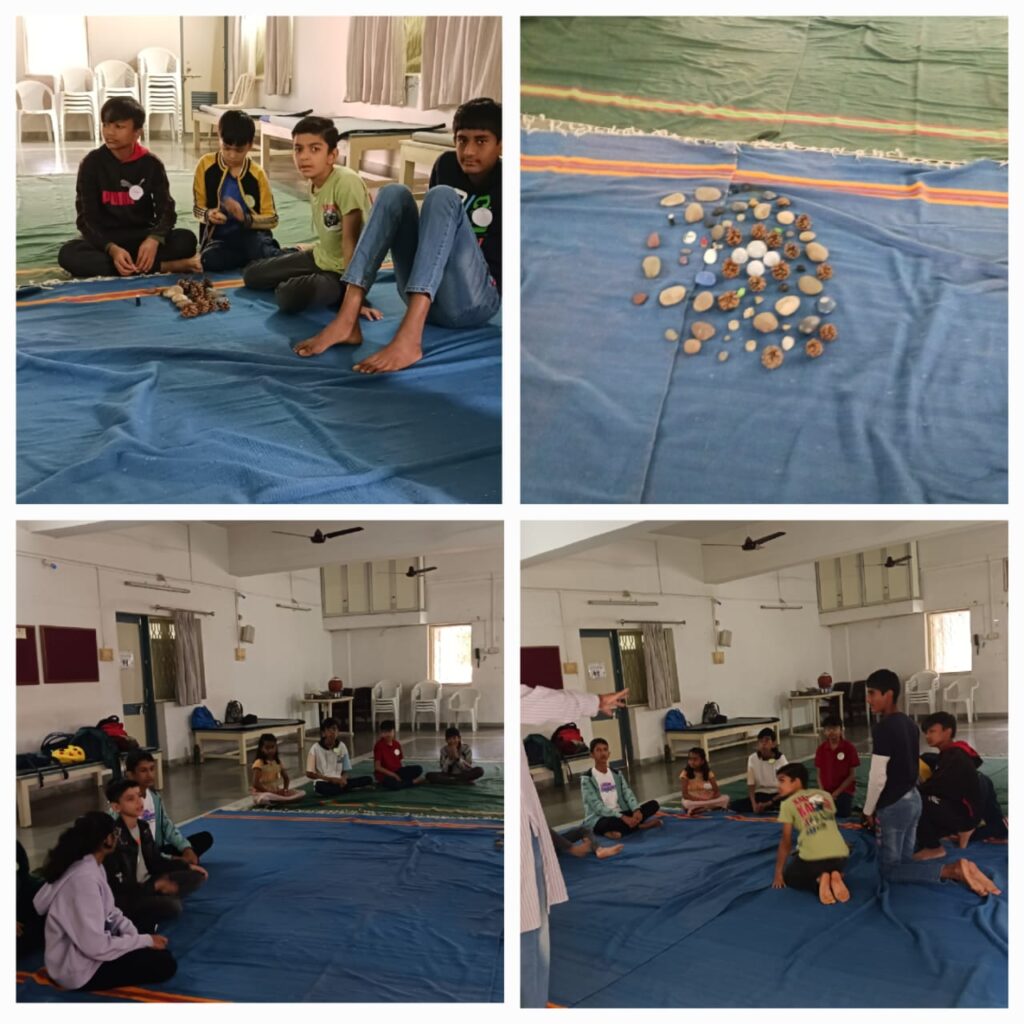

🌳The third session of “UNLESS-Nature & Sustainability Education” for children was focused on ‘Human Impact on Nature’.🌏 The session started at 9:30 AM with a short nature walk led by participants after which we met in the garden. Participants then shared what nature means to them and what they like about nature. The participants could visualize and vividly share that nature means green spaces, grass, animals, birds, trees, etc. for them. Some participants liked birds while others shared that they liked reptiles too.
Participants were also shown a way to journal their walks around trees by means of bark rubbing which required just a sheet of paper and a crayon.
After moving inside, participants looked at some stones and other material kept in the center for the next activity. The activity focused on resource accumulation and usage by countries and people without paying heed to the price that environment and ultimately us humans are going to pay for it. The activity allowed children to see inequality in the world in terms of resource distribution and management. They could see that the first mover had the advantage at cornering a large portion of resources without any concern or thought about other (people and countries). It is more about selfish gains. Participants were really awed by what they role played and saw happening in front and them (that they were doing themselves while playing out as different countries). The participants in their groups were given chance to take resources from the center and we witnessed that when given a chance, each group would like to corner the most of resources (and it is the same with countries). None of the groups paid any thought to the needs of other species and thus using a resource like forests without thinking about the species that inhabit is bound to lead to biodiversity loss and come back to haunt us as everything is ultimately interconnected.
Participants were then given time to discuss and decide what could be a good distribution strategy for resources – one that could help meet our current needs as well as needs of future generations.
Participants indulged in serious discussion trying to distribute resources equally. In a reflective discussion, they realized that they were just think of humans and not about any other species (as all of us generally do!!)
After this activity, we looked at some of the major human impact on environment. We looked at examples from land use change – how clearing forests for palm (oil) plantation in Indonesia and Malaysia is leading to habitat loss for orangutan and other species; how clearing praries grasslands in the US has led to a huge decline in population of monarch butterfly. We then looked at example from impact on natural resources, biodiversity and pollution from commercial fishing using trawlers. This was followed by a look at pollution of various types including plastics that humans have perpetrated on the planet and which is affecting us. We also looked at how overuse of fertilizers is resulting in nutrients run-offs and algae blooms (and dead zones) in rivers and oceans. And, we also looked at human role in bringing invasive species to the native regions resulting in loss of biodiversity.
Finally, we talked about the conservation efforts undertaken by governments. A brief discussion on vulture conservation, Great Indian Bustard conservation, lion conservation, elephant conservation, foiled thereafter. Participants shared examples of the national parks or sanctuaries that they had visited. There was more that we would have discussed, but it was time to wrap up a very interesting day.
We will meet on 9-Feb-25, Sunday for the final session in the series where we will look at Climate Change, Global Warming and Our Role in making positive changes for the planet.
